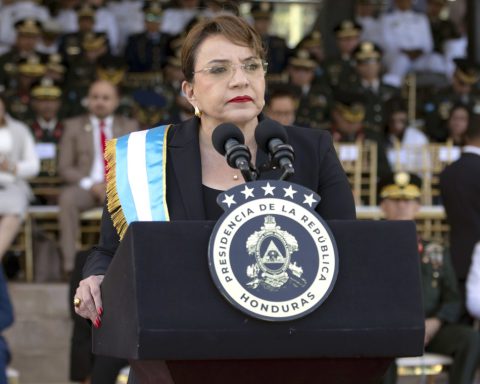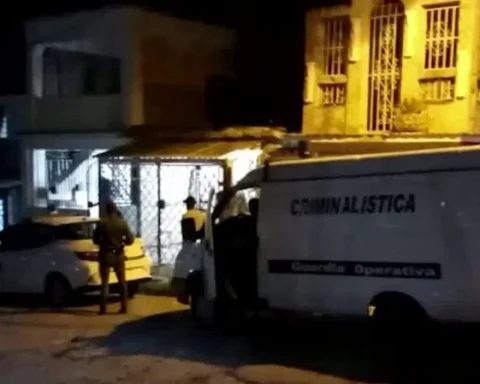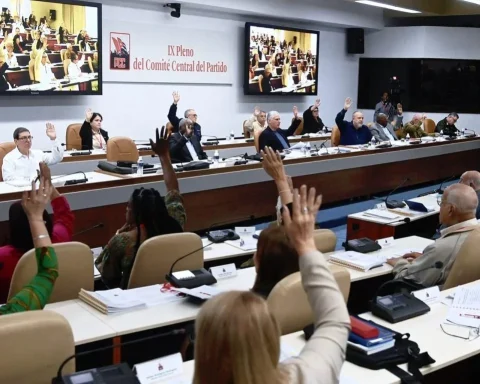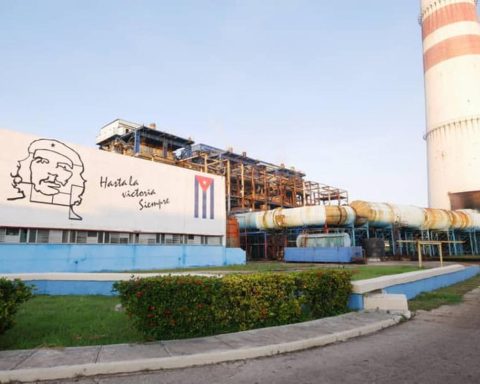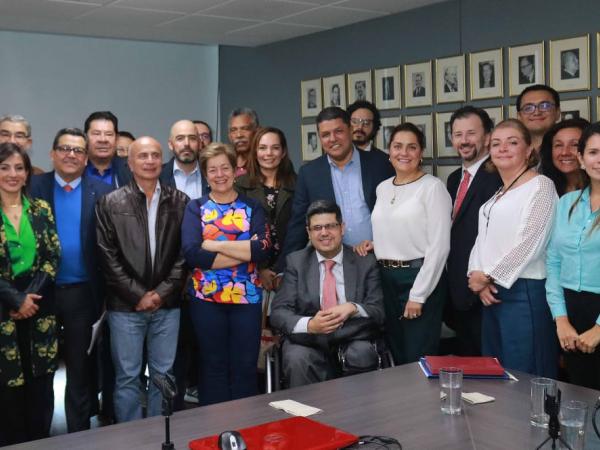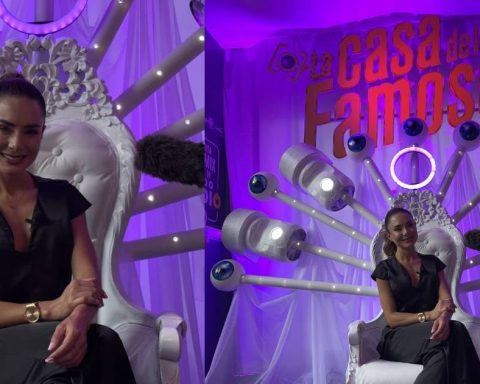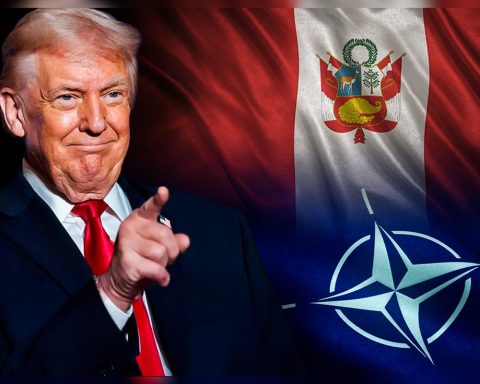The Tiger looks at his bat, the piece of wood on which the force of his claws became one. He knows that before dawn he will begin to destroy men and the rest of the beasts for the last time. At least among the sips of red wine watered by that diamond-shaped jungle.
The deer that perches on the hill; the stampede of buffalo coming out of the cave still seems delightful to him. But in life he gets tired, he gets old, both the one who receives and the one who hits.
It is not in Sumatra or Bengal, in the cage of some stupid zoo or in the verse of Blake or Borges. For baseball lovers, the Tigre is the one of the fields of Aragua, Florida and Detroit. It is Miguel Cabrera, “Migui”, the captain of Venezuela in the fifth World Baseball Classic.
Against Puerto Rico, he became the only player to participate in all the editions of the tournament (waiting for the Mexican pitcher Oliver Pérez to act, the other player who, like him, has attended all the previous events).
Like the Cuban Frederich Cepeda, he wears the number 24 on his uniform (coincidence: Cepeda could have been the third player to attend all 5 championships); but, unlike the man from Espiritu, Miguel uses it for his idol, the Dominican Manny Ramírez.
Miguel likes to talk like locals, some of whom are his best friends. He knows classic country jokes, he loves food (his cook is Moisés Alou’s aunt); but on Saturday, March 11, he wanted his team to rip off all the bananas he could find. Although his first home run in the Classics was against the Dominican Republic, in the four times he had faced them he had never been able to beat them. To Saturday…

Winning the Classic is his immediate dream. The closest they got was in 2009, when they lost to South Korea in the semifinals. Then the next step is enjoying his final MLB season with Detroit.
Cabrera added stripes since he was little. In Cagua he was one of the “Tigritos”, led by the scout of the Cincinnati Reds, Felix Delgado. he played shortstop and pitcher, until his father advised him that his thing was to hit. It was the same one who preferred Miguel to sign in 1999 with the Florida Marlins for $1,300,000 while the Los Angeles Dodgers offered much more. Always attentive to the complete turnaround, he saw possibilities for his son to rise quickly in the organization.
Miguel had difficulties with the English language. While working in Class A he slept in a basement with his roommate Adrián González, he missed going with his friends from the La Pedrera neighborhood, in Maracay, to hunt iguanas in the river. He could have been a volleyball player. As a central attacker he came to participate in a youth tournament with the national team and his coach got him a scholarship to develop in Switzerland. At the Liceo Andrés Bello, where he was in high school in Venezuela, no one knew that he played ball, and even less that he was the best.

Perhaps he thought of all that when he was first put up in left field for the Marlins on June 20, 2003, and he missed his first four at-bats. But the party went to extra innings and the 20-year-old Miguel hit a home run to leave the rivals on the field. walk off as the first jit in the big tent.
Among the needles of the Miami waters, the tiger emerged. Thus, until on the frozen plains of Detroit three crowns fit on his head. And he bit hard to enter the club of 3,000 hits and 500 homers, in which only 7 other players broke before him.
In the Classics he wears all the offensive crowns of Venezuela, except that of average (held by José López), and in no appointment did he lack his claw to exceed the limits of some stadium. Only the Cuban Alfredo Despaigne (7 against 6) surpasses him in number of home runs.
He made his debut in the first Clásico, when he was still playing third base, he had more prominence in the team and almost 60 pounds less. In addition, he had less back pain, less pain in his right foot, less heel spurs. Less. Everything except giving up competing with Venezuela while it is still the Tiger that wields his bat, the piece of wood in which the force of baseball became one, or Miguel Cabrera’s.
Follow the special coverage of OnCuba:



